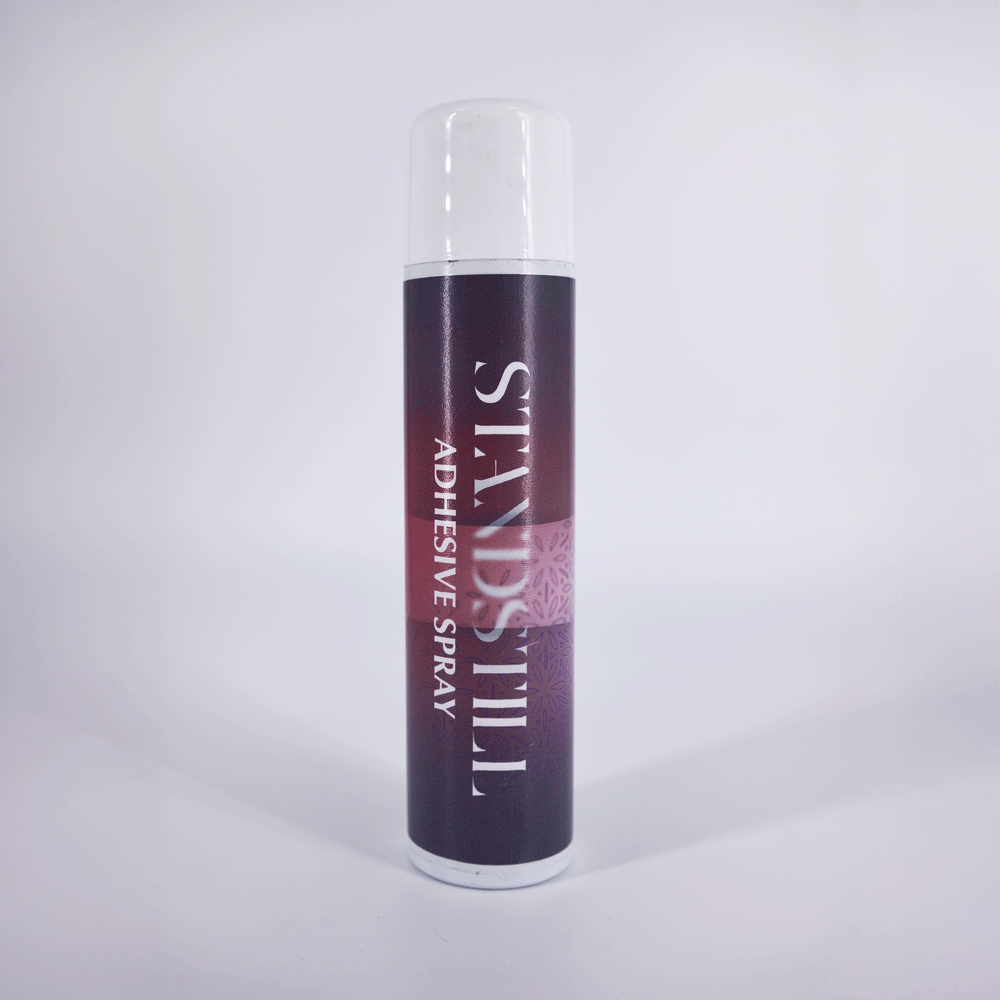A patented process, developed by a tattoo artist and studio owner
FAQ
The material we use for the transfer film is a medical-grade form of polymeric alcohol (PVA), which is already used in foods and surgical applications, for example, to stop small bleedings in surgery. STANDSTILL is also organic, eco-friendly, sustainable, vegan, hypoallergenic and Made in Germany!
Yes! STANDSTILL is safe and approved for tattooing. The process is patented, and during the patent process, the material's medical compatibility for tattooing was thoroughly evaluated. The material itself is not new, it is made from medical-grade PVA (polymeric alcohol), a material that is certified for medical use and commonly found in surgical applications, eye drops, and even food products.
You can use any standard inkjet printer, with a front-loading paper tray (bottom feed). Printers like HP Envy or Epson Workforce usually have this type of tray. We use HP Envy 6030. Just make sure you use original ink cartridges. These inks are REACH-compliant and classified as safe for skin contact by regulatory commissions, similar to skin markers. Bonus Tip: The backing paper can be reused as regular printing paper, making the process even more eco-friendly!
STANDSTILL is designed primarily for lining and dotwork. Since the film is water-soluble, it won’t hold up under heavy shading or color packing. After completing the outlines, simply dissolve the film with green soap and distilled water to continue with shading.
Yes! STANDSTILL remains stable during lining, even when using ointments like Vaseline or Inkeeze. Just make sure to dab instead of wiping to avoid smudging.
STANDSTILL is based on medical technology – skin-neutral, transparent, and ultra-flexible – making it easy to position even on complex body areas. It’s removable, repositionable, and leaves no stains, while capturing everything from fine lines to detailed portraits with high-definition precision. By letting you apply large-scale designs directly in layers, it streamlines your workflow and saves both time and material.
Don’t start with pure black right away – better to begin with a light to midtone black. In the beginning, the outlines can look like they were sketched with a hard pencil. This is normal during the adjustment phase.
Start with dot work to get a feel for the film, then gradually move on to lines. When doing lines, feel free to make confident strokes – without hesitation and not too slowly.
Increase the voltage on your machine by one or two volts if needed.














